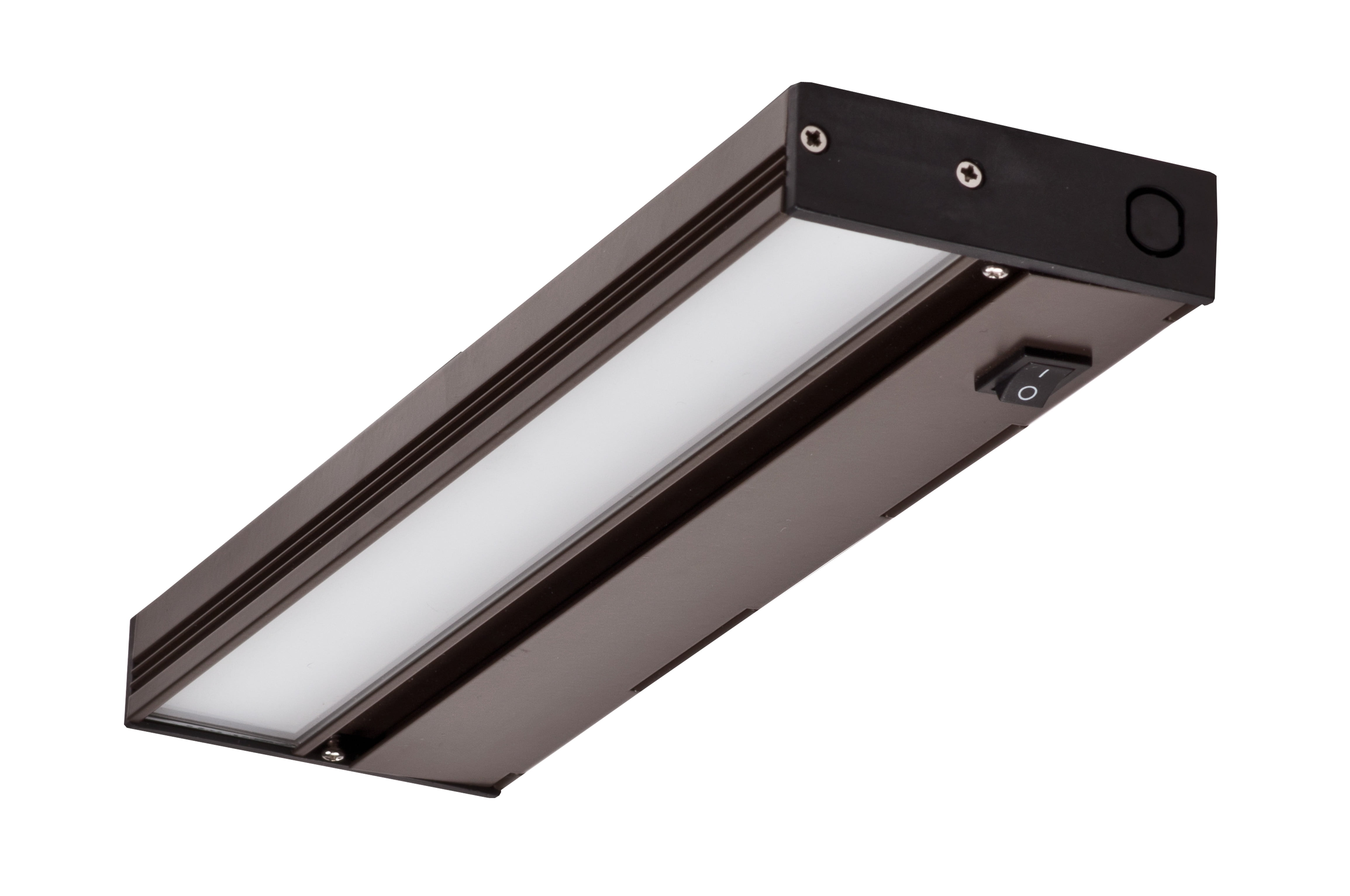Installation and Wiring Considerations: Ge Under Cabinet Light Fixture

Installing under-cabinet lighting involves connecting the fixture to your home’s electrical system, ensuring it’s securely mounted, and providing the necessary power for operation. Understanding the basics of electrical wiring and following safety precautions are crucial for a successful and safe installation.
Voltage and Amperage Selection
The choice of voltage and amperage for your under-cabinet lighting fixture depends on the power requirements of the fixture and the capacity of your electrical circuit.
- Voltage: Most under-cabinet lighting fixtures operate on 120 volts (standard household voltage). However, some fixtures may use lower voltage, such as 12 volts, which typically require a transformer to step down the voltage from the standard 120 volts.
- Amperage: The amperage rating of a fixture indicates the amount of current it draws. It’s essential to choose a fixture with an amperage rating that matches the capacity of the circuit. Overloading a circuit can lead to overheating and potential fire hazards.
Wiring and Mounting Methods
There are several wiring and mounting methods for under-cabinet lighting, each with its own advantages and considerations.
- Hardwiring: This method involves directly connecting the fixture to the electrical wiring in your home. It typically requires an electrician to safely connect the fixture to the circuit. Hardwiring provides a permanent and reliable power source for the fixture.
- Plug-in: This method involves using a standard electrical plug to connect the fixture to an existing outlet. It’s a convenient option for temporary installations or fixtures with low power requirements.
- Battery-powered: Some under-cabinet lighting fixtures operate on batteries, eliminating the need for electrical wiring. This option is ideal for situations where electrical wiring is inaccessible or inconvenient.
Safety Precautions
Safety should always be a top priority when installing under-cabinet lighting.
- Disconnect Power: Before starting any installation work, always disconnect power to the circuit that will be used for the fixture. This prevents electrical shock and ensures safety during the installation process.
- Use Appropriate Tools: Employ the right tools for the job, such as wire strippers, crimpers, and electrical tape, to ensure secure and safe connections.
- Inspect Wiring: Carefully inspect all wiring for damage or wear before connecting the fixture. Replace any damaged or worn wiring to prevent electrical hazards.
- Grounding: Ensure the fixture is properly grounded to prevent electrical shock in case of a fault.
Potential Challenges, Ge under cabinet light fixture
Installing under-cabinet lighting can sometimes present challenges.
- Limited Space: The space under cabinets can be tight, making it difficult to work with tools and wires.
- Existing Wiring: Accessing existing wiring can be challenging, especially if it’s concealed within walls or ceilings.
- Electrical Knowledge: Installing under-cabinet lighting requires basic knowledge of electrical wiring and safety practices.
Choosing the Right Fixture for Your Needs

Selecting the perfect under-cabinet lighting for your kitchen involves more than just picking a fixture that looks nice. It’s about finding a solution that meets your specific needs and preferences. Factors like the size and layout of your kitchen, the ambiance you desire, and the type of tasks you’ll be performing under the lights all play a crucial role in your decision.
Different Fixture Styles and Their Benefits
Understanding the features and benefits of various fixture styles can help you make an informed choice. Here’s a breakdown of popular options:
| Fixture Style | Features | Benefits |
|---|---|---|
| Motion-Activated Lights | Turn on automatically when motion is detected. | Convenience, energy efficiency, and enhanced security. |
| Dimmable Lights | Allow you to adjust the brightness level. | Flexibility to create different moods and lighting levels for various tasks. |
| Color-Changing Lights | Offer a range of color temperatures and hues. | Customization for different tasks and aesthetics, creating a vibrant and personalized atmosphere. |
Selecting the Right Brightness and Color Temperature
The brightness and color temperature of your under-cabinet lighting are crucial for optimal task lighting and mood.
* Brightness: Measured in lumens, a higher lumen count indicates a brighter light. For general task lighting, aim for 300-500 lumens per linear foot of cabinet space.
* Color Temperature: Measured in Kelvin (K), color temperature influences the ambiance of your kitchen.
* Warm White (2700-3000K): Creates a cozy and inviting atmosphere, ideal for relaxing evenings.
* Neutral White (3500-4100K): Offers a balanced and natural light, suitable for everyday tasks.
* Cool White (4100-4500K): Provides a bright and energizing light, perfect for tasks requiring precision.
* Daylight (5000-6500K): Simulates natural daylight, enhancing visibility and making colors appear more vibrant.
